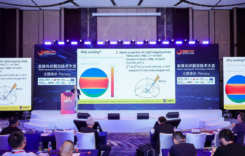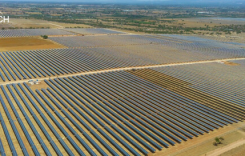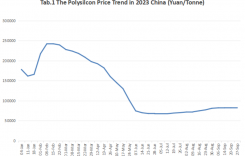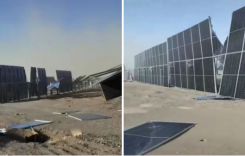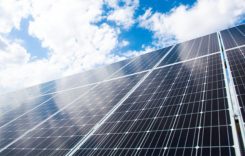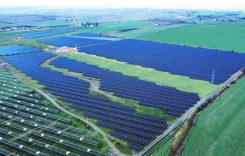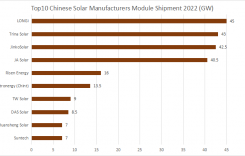PVTIME – To ensure that every household in the country has access to electricity by 2030, Rwanda is stepping up its development of solar energy. The government has earmarked $16 billion for investment in the sector.
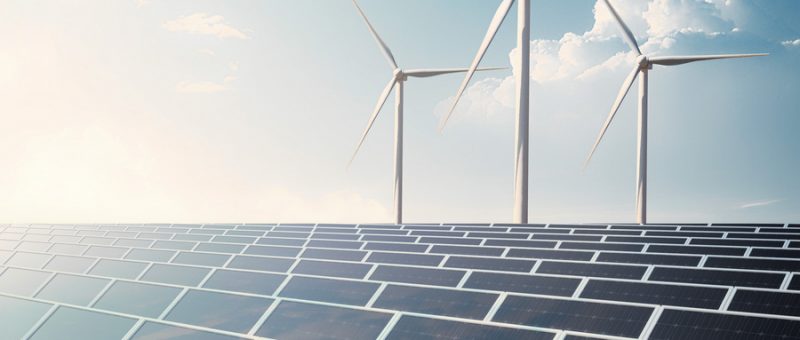
Currently, 82% of Rwandan households have access to electricity: 57% via the national grid and 25% through off-grid systems, most of which are solar-powered. However, despite this progress, solar power currently accounts for just 1% of the nation’s total installed power capacity, with hydropower dominating at 39%. Experts warn that over-reliance on hydropower leaves the country vulnerable to an unstable supply due to its susceptibility to droughts and erratic rainfall. This makes the deployment of solar power and energy storage systems crucial.
In order to address its unbalanced energy mix, the Rwandan government has launched a long-term energy diversification plan. As part of the Least Cost Power Development Plan (2024–2050), Rwanda intends to increase its solar installed capacity to around 1,500MW by 2050, supported by matching energy storage systems. These storage solutions will buffer fluctuations in solar generation, ensuring a stable power supply during the day, at night, and during the rainy season. The government also plans to use the Independent Power Producer (IPP) model to leverage private capital and advanced technologies, accelerating project delivery and driving energy diversification.
However, securing financing remains a key challenge for the initiative, which aims to invest 16 billion by 2035 to meet growing electricity demand. The government estimates that it will require approximately 3.6 billion by 2035 to meet this demand. Total power generation costs between 2035 and 2050 could reach 38 billion, 16 billion of which would be accounted for by solar investments. Rwanda Energy Group (REG) is responsible for power production and distribution, while EUCL manages operations and EDCL handles planning and electrification. Private investors can only participate via the IPP model, with EUCL acting as the sole electricity purchaser.
Industry figures suggest that to attract more private investment, the government must introduce stable policies, transparent electricity tariffs and standardised Power Purchase Agreements (PPAs), as well as expanding the Feed-in Tariff scheme.
If Rwanda secures sufficient financing and implements the necessary policy reforms, its energy plan will improve the nationwide power supply and provide a model for energy transition that other African countries can follow.

Scan the QR code to follow PVTIME official account on Wechat for latest news on PV+ES



